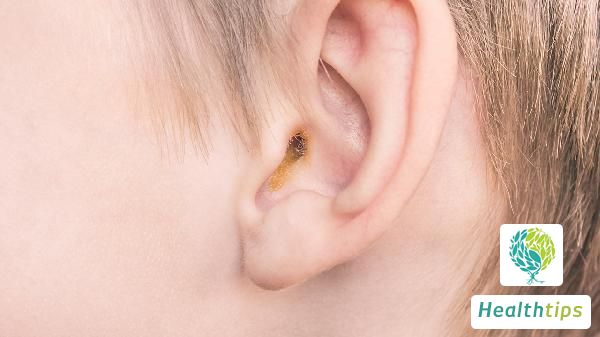"What Are the Optimal Treatment Approaches for Cerebral Infarction?"
Treatment Approaches for Cerebral Infarction
Cerebral infarction, also known as stroke, is a condition characterized by impaired blood supply to the brain, leading to ischemia and hypoxia, ultimately resulting in necrosis of brain tissue. Regarding the therapeutic strategies for cerebral infarction, there is no universally optimal solution, as the choice of treatment necessitates comprehensive consideration of factors such as the specific medical condition, encompassing thrombolytic therapy, antiplatelet aggregation therapy, defibrinogenation therapy, neuroprotective therapy, and surgical intervention.

1. Thrombolytic Therapy
For patients with onset within 3-6 hours, thrombolytic therapy is the preferred option. This involves administering thrombolytic agents, such as alteplase, recombinant tissue plasminogen activator (r-tPA), or urokinase, either intravenously or intra-arterially, to dissolve blood clots and restore cerebral blood flow, thereby alleviating symptoms of cerebral infarction. However, thrombolytic therapy has strict indications and contraindications, necessitating medical supervision.
2. Antiplatelet Aggregation Therapy
For patients who do not meet the criteria for thrombolytic therapy, such as those with a longer onset duration or contraindications to thrombolysis, antiplatelet aggregation therapy may be employed. Commonly used drugs include aspirin and clopidogrel, which inhibit platelet aggregation and prevent thrombus formation, thereby reducing the risk of cerebral infarction.
3. Defibrinogenation Therapy
In cases of hyperfibrinogenemia or other conditions where thrombolysis is inappropriate and after rigorous screening, defibrinogenation therapy may be considered. This approach reduces the level of fibrinogen in the blood, mitigating the risk of thrombus formation and improving symptoms of cerebral infarction. Drugs such as batroxobin and defibrinogenase are commonly used.
4. Neuroprotective Therapy
When brain tissue is severely ischemic following cerebral infarction, neuroprotective therapy can enhance the tolerance of brain cells and protect them from further damage. Commonly prescribed drugs include edaravone, citicoline, and gangliosides.
5. Surgical Treatment
For severe cases of cerebral infarction or when medical or interventional therapies are ineffective, surgical options may be considered. These include craniotomy for decompression and partial resection of brain tissue, aimed at reducing cerebral edema and intracranial pressure, thereby improving quality of life. However, surgical treatment carries risks and potential complications, requiring medical guidance.
The therapeutic approaches for cerebral infarction are diverse, and there is no absolute best solution. The choice of treatment should be based on a comprehensive assessment of factors such as the specific medical condition. During treatment, it is crucial to actively follow the doctor's recommendations, engage in rehabilitation training to promote functional recovery and enhance quality of life. Additionally, managing blood sugar, blood pressure, and lipid levels is essential to prevent recurrent episodes.



















